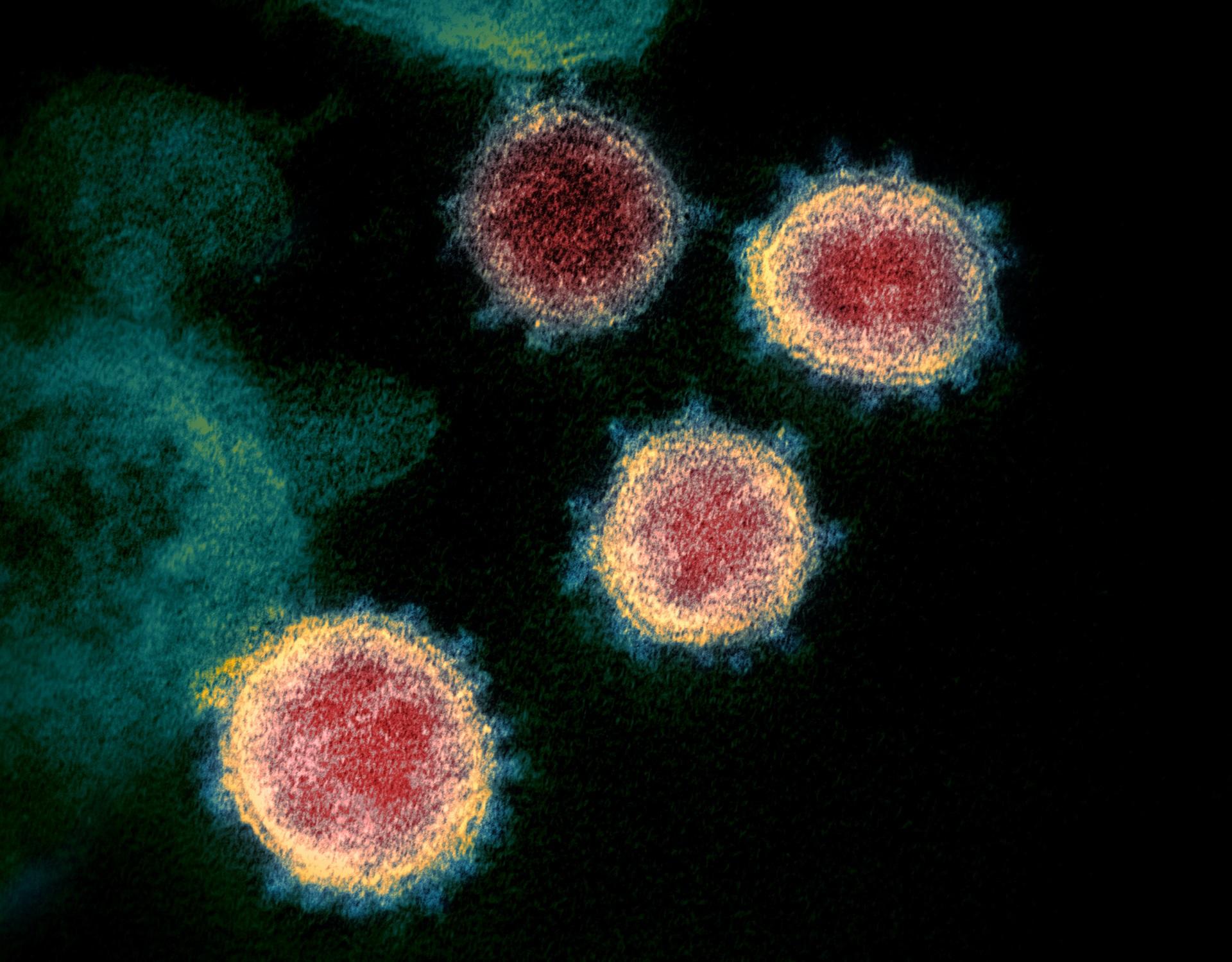Diagnostic accuracy of loop-mediated isothermal amplification coupled to nanopore sequencing (LamPORE) for the detection of SARS-CoV-2 infection at scale in symptomatic and asymptomatic populations
OBJECTIVES: Rapid, high throughput diagnostics are a valuable tool, allowing the detection of severe acute respiratory syndrome coronavirus 2 (SARS-CoV-2) in populations so as to identify and isolate people with asymptomatic and symptomatic infections. Reagent shortages and restricted access to high throughput testing solutions have limited the effectiveness of conventional assays such as quantitative RT-PCR (RT-qPCR), particularly throughout the first months of the coronavirus disease 2019 pandemic. We investigated the use of LamPORE, where loop-mediated isothermal amplification (LAMP) is coupled to nanopore sequencing technology, for the detection of SARS-CoV-2 in symptomatic and asymptomatic populations.
METHODS: In an asymptomatic prospective cohort, for 3 weeks in September 2020, health-care workers across four sites (Birmingham, Southampton, Basingstoke and Manchester) self-swabbed with nasopharyngeal swabs weekly and supplied a saliva specimen daily. These samples were tested for SARS-CoV-2 RNA using the Oxford Nanopore LamPORE system and a reference RT-qPCR assay on extracted sample RNA. A second retrospective cohort of 848 patients with influenza-like illness from March 2020 to June 2020 were similarly tested from nasopharyngeal swabs.
RESULTS: In the asymptomatic cohort a total of 1200 participants supplied 23 427 samples (3966 swab, 19 461 saliva) over a 3-week period. The incidence of SARS-CoV-2 detection using LamPORE was 0.95%. Diagnostic sensitivity and specificity of LamPORE was >99.5% (decreasing to approximately 98% when clustered estimation was used) in both swab and saliva asymptomatic samples when compared with the reference RT-qPCR test. In the retrospective symptomatic cohort, the incidence was 13.4% and the sensitivity and specificity were 100%.
CONCLUSIONS: LamPORE is a highly accurate methodology for the detection of SARS-CoV-2 in both symptomatic and asymptomatic population settings and can be used as an alternative to RT-qPCR.
